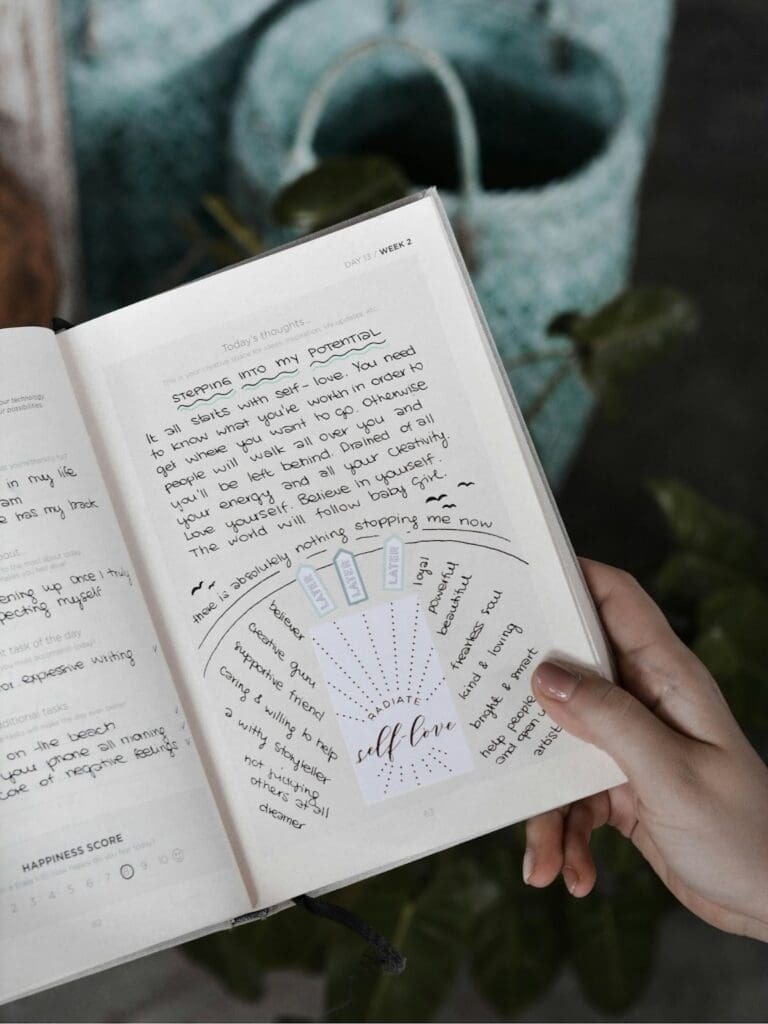Being human often means hiding parts of ourselves. For thousands of generations, survival depended on knowing when to fight, flee, or stay hidden. Today, those instincts haven’t disappeared. They appear in our habits, our triggers, and the patterns that shape how we live. These patterns are not random, and they are not flaws. They are your inner parts trying to protect you, soothe you, or keep you safe. When you understand your hidden parts and how they relate with one another, you unlock powerful personal change and transform your life.
When you begin to see them this way, everything shifts. Shame softens, self-compassion grows, and your choices start to align with what truly serves you. Understanding your hidden parts is not about fixing yourself. It is about noticing, listening, and learning to work with the parts that are already trying to help.
How Your Patterns Are Trying to Protect You
✧ See Patterns as Messages, Not Flaws
A habit or behavior that frustrates you is rarely a sign of failure. It is usually a message from a part of you trying to keep you safe. Avoiding visibility or public attention might feel like fear or laziness, but it is often a part of you protecting against judgment or overwhelm. Recognizing this allows you to stop forcing yourself to push through and instead collaborate with your inner parts in a way that feels safe and authentic.
✧ Protective Habits Have a Purpose
What feels like a “bad habit” often serves a deeper function. Emotional eating, overworking, or procrastination can show up to rescue you from stress or relentless expectations. When you pause and ask, “What am I really needing right now?” you can provide care intentionally without guilt. These habits become signals to guide your attention rather than sources of shame.
✧ Triggers Are Clues, Not Criticism
The people or situations that irritate you are not enemies. They are mirrors reflecting parts of yourself that have been hidden or suppressed. Feeling frustrated by confident, expressive, or bubbly people often points to a part of you that has been taught to shrink or hide. Recognizing this allows you to reconnect with your own confidence, voice, and joy. Triggers are opportunities to notice where your inner parts are ready to be acknowledged.
✧ Identity Shifts Change How Your Parts Show Up
Life transitions, such as moving from an employee or performer role to running your own business, can make some parts uncomfortable with leading. Visibility, authority, and confidence may feel unfamiliar or risky. You do not need to force every part to show up. Growth happens when you align your roles with the parts that are ready to step forward.
✧ Shift from Judgment to Curiosity
Every protective part has a message. When you move from self-criticism to curiosity, shame transforms into insight. You begin meeting your patterns with compassion instead of frustration, and change becomes intentional instead of forced.

Embrace Your Whole Self
When you take a moment to notice your patterns, habits, and triggers with curiosity instead of judgment, everything begins to shift. The parts of you that once felt frustrating, messy, or inconvenient start to feel seen, understood, and even appreciated. You begin responding to life with more compassion and ease, rather than reacting from old cycles that no longer serve you.
Your inner parts are not problems to fix, they are guides, showing you where care, attention, and love are most needed.
Ready to meet your hidden parts with compassion and step into more of your life?
If you’re ready to understand your patterns and gently shift old cycles so you can show up as the truest, most confident version of yourself, I’d love to guide you.
That’s the heart of Aligned Growth — a 3-month journey designed for people who no longer want to just understand their patterns but are ready to gently shift them. Through parts work coaching and mind–body connection practices, we’ll create space for those protective strategies to soften, so you can move from old cycles into new possibilities.
Or, if you’d like to start with something smaller, you can book a Signature Session — a single, supportive session where we’ll explore how it feels to meet your emotions with curiosity instead of analysis.

Comments +